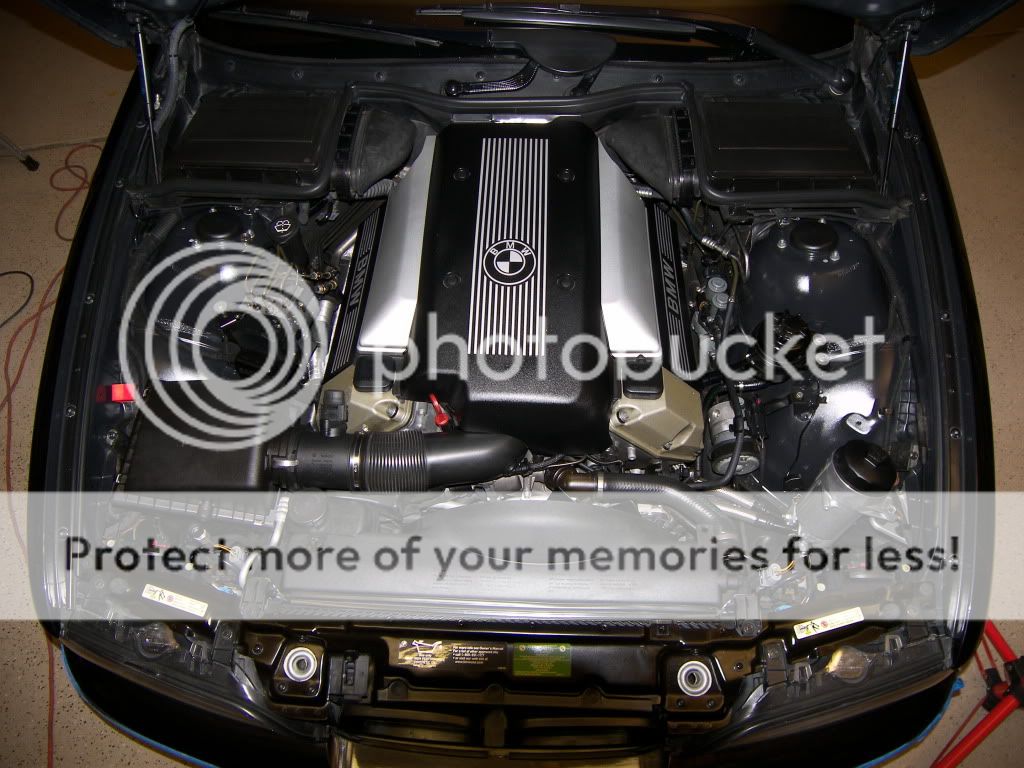BMW handling isn't just about driving the rear tyres - its about weight distribution. Because of the drivetrain architecture the front axle line is halfway along the engine so they can get 50/50 weight distribution on each axle which gives the tyres a much easier time, and also has a significant impact on turning inertia of the whole car. I've seen a completely flogged 520 outrun a well sorted VR6 Golf across Milton Keynes simply because the knackered BMW could turn for the roundabouts without slowing down whereas the Golf's heavy engine meant it would just understeer in to the bushes at the same speed.
Have a look at this pic of a BMW E39 (5-series) engine bay. You can see not only how far back the engine is in the bay, but also where the front struts are relative to the engine:

On twisty dry tarmac an E39 would just scamper away from a D2, even a manual one. But when traction becomes questionable, quattro takes the win every time. Its why Audi was dominant in every motorsport they entered, until quattro was banned in pretty much every tarmac racing format.
Mechanically it is simple to RWD a quattro car, and indeed there are a number of RWD-converted A4s used for drifting for some unfathomable reason. However, the compromise we make to have a driven front axle is that the entire engine is in front of that front axle making the weight distribution and moment of inertia fairly terrible for changing direction. If you converted to RWD, you still have the FWD physics to contend with, but now you have half the traction. It doesn't really make sense, unless you want to spend the day going sideways, and really RWD is simply a crutch for not having enough horsepower to to quattro drifts (search Gatbil on Youtube for quattros going sideways).
Our drivetrain architecture can be traced right back to the Horch (I think) cars which first introduced the layout of having a longitudinal engine with front wheel drive, in order to make more room in the cabin for people and things by not having a propshaft or driven rear axle. The layout was slightly different to what we have now, but it evolved in to a 4 cylinder engine in front of the axle with the geartrain behind the axle in the very first Audi models, and they have stuck with it to this day.
Audi have taken some fairly extreme measures to change that weight distribution characteristic in later models (a bit like Porsche stubbornly developing the 911 for decades even though the engine is really in the wrong place). From the D3 onwards, they have gradually moved the gearbox output shafts further and further forwards, to the extent that the front diff is actually beside the engine block on some recent models, with the axle centre line almost parallel with the back of the engine. The clutch & flywheel, or torque converter are mounted on a spacer and sit a few inches off the back of the block then, so there is room for the output shaft in front of them. Coupled with active torque vectoring in the recent 'sport diff' they are engineering out the FWD understeer characteristic, chasing after BMW's 50/50 handling.
A B8 generation gearbox:
